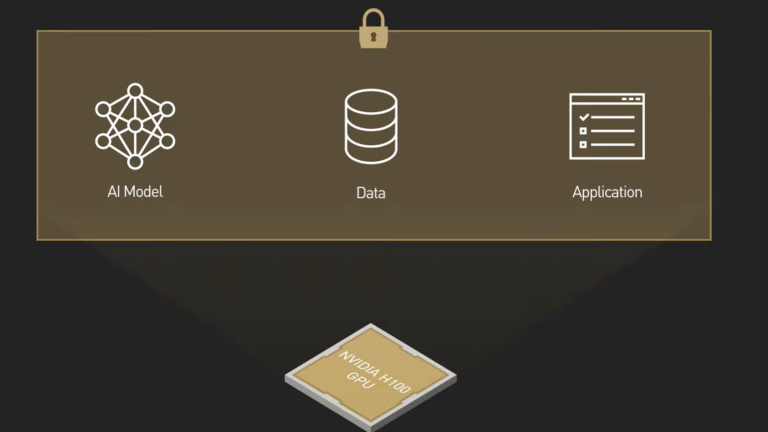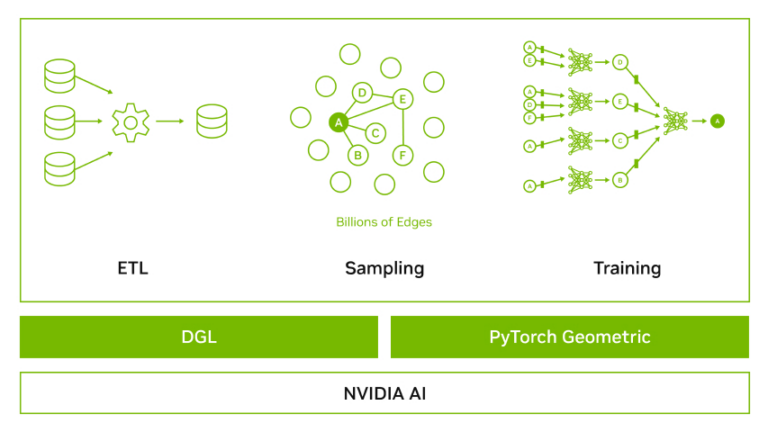
Note: This blog post was originally published on Oct. 28, 2024, but has been edited to reflect new updates. Fraud in financial services is a massive problem. Financial losses from worldwide credit card transaction fraud are expected to total $403.88 billion over the next 10 years, according to research firm the Nilson Report. While other types of fraud��such as identity theft, account takeover��
]]>
Join this virtual developer day to learn how AI and Machine Learning can revolutionize fraud detection and financial crime prevention.
]]>
Large language models (LLMs) provide a wide range of powerful enhancements to nearly any application that processes text. And yet they also introduce new risks, including: This post walks through these security vulnerabilities in detail and outlines best practices for designing or evaluating a secure LLM-enabled application. Prompt injection is the most common and well-known��
]]>
As the scale of available data continues to grow, so does the need for scalable and intelligent data processing systems to swiftly harness useful knowledge. Especially in high-stakes domains such as life sciences and finance, alongside scalability, transparency of data-driven processes becomes paramount to ensure the utmost trustworthiness. Started by scientists coming from the Knowledge��
]]>
In the current AI landscape, vector search is one of the hottest topics due to its applications in large language models (LLM) and generative AI. Semantic vector search enables a broad range of important tasks like detecting fraudulent transactions, recommending products to users, using contextual information to augment full-text searches, and finding actors that pose potential security risks.
]]>
Graph neural networks (GNNs) have emerged as a powerful tool for a variety of machine learning tasks on graph-structured data. These tasks range from node classification and link prediction to graph classification. They also cover a wide range of applications such as social network analysis, drug discovery in healthcare, fraud detection in financial services, and molecular chemistry.
]]>
If you are looking to take your machine learning (ML) projects to new levels of speed and scalability, GPU-accelerated data analytics can help you deliver insights quickly with breakthrough performance. From faster computation to efficient model training, GPUs bring many benefits to everyday ML tasks. Update: The below blog describes how to use GPU-only RAPIDS cuDF��
]]>
Learn how AI is transforming financial services across use cases such as fraud detection, risk prediction models, contact centers, and more.
]]>
Rapid digital transformation has led to an explosion of sensitive data being generated across the enterprise. That data has to be stored and processed in data centers on-premises, in the cloud, or at the edge. Examples of activities that generate sensitive and personally identifiable information (PII) include credit card transactions, medical imaging or other diagnostic tests, insurance claims��
]]>
Fraud is a major problem for many financial services firms, costing billions of dollars each year, according to a recent Federal Trade Commission report. Financial fraud, fake reviews, bot assaults, account takeovers, and spam are all examples of online fraud and harmful activity. Although these firms employ techniques to combat online fraud, the methods can have severe limitations.
]]>
Unlocking the full potential of artificial intelligence (AI) in financial services is often hindered by the inability to ensure data privacy during machine learning (ML). For instance, traditional ML methods assume all data can be moved to a central repository. This is an unrealistic assumption when dealing with data sovereignty and security considerations or sensitive data like personally��
]]>
Any business or industry, from retail and healthcare to financial services, is subject to fraud. The cost of fraud can be staggering. Every $1 of fraud loss costs financial firms about $4 to mitigate. Online sellers will lose $130B to online payment fraud between 2018 and 2023. By using AI and big data analytics, enterprises can efficiently prevent fraud attempts in real time.
]]>
AI adoption has grown rapidly over the past few years due to its ability to automate repetitive tasks and increase revenue opportunities. Yet many companies still struggle with how to meaningfully scale AI in financial services. Increased data needs and a lack of internal talent are a few issues. In this post, we provide a landscape overview of AI use cases and highlight some key scaling��
]]>
Cybercrime worldwide is costing as much as the gross domestic product of countries like Mexico or Spain, hitting more than $1 trillion annually. And global trends point to it only getting worse. Data centers face staggering increases in users, data, devices, and apps increasing the threat surface amid ever more sophisticated attack vectors. NVIDIA Morpheus enables cybersecurity��
]]>